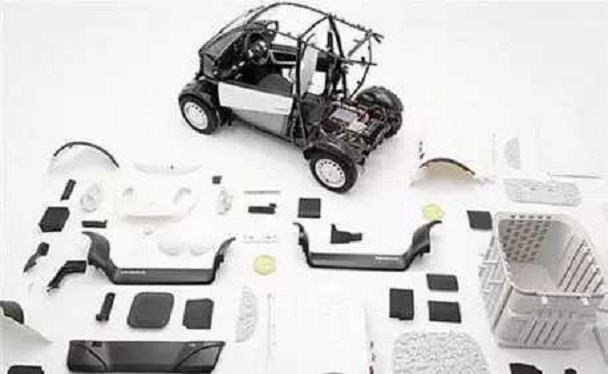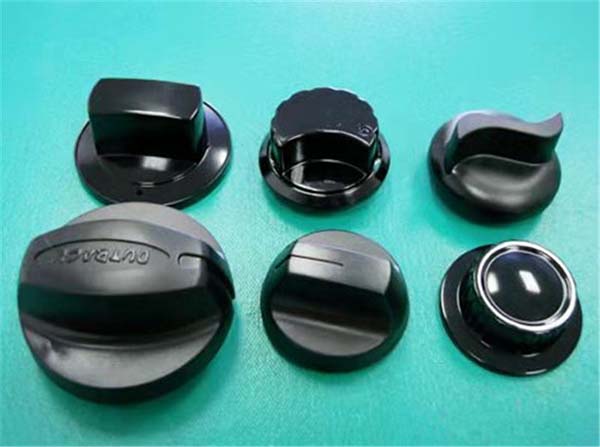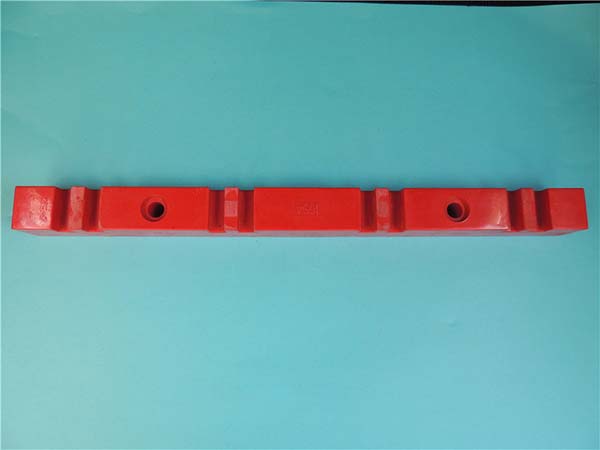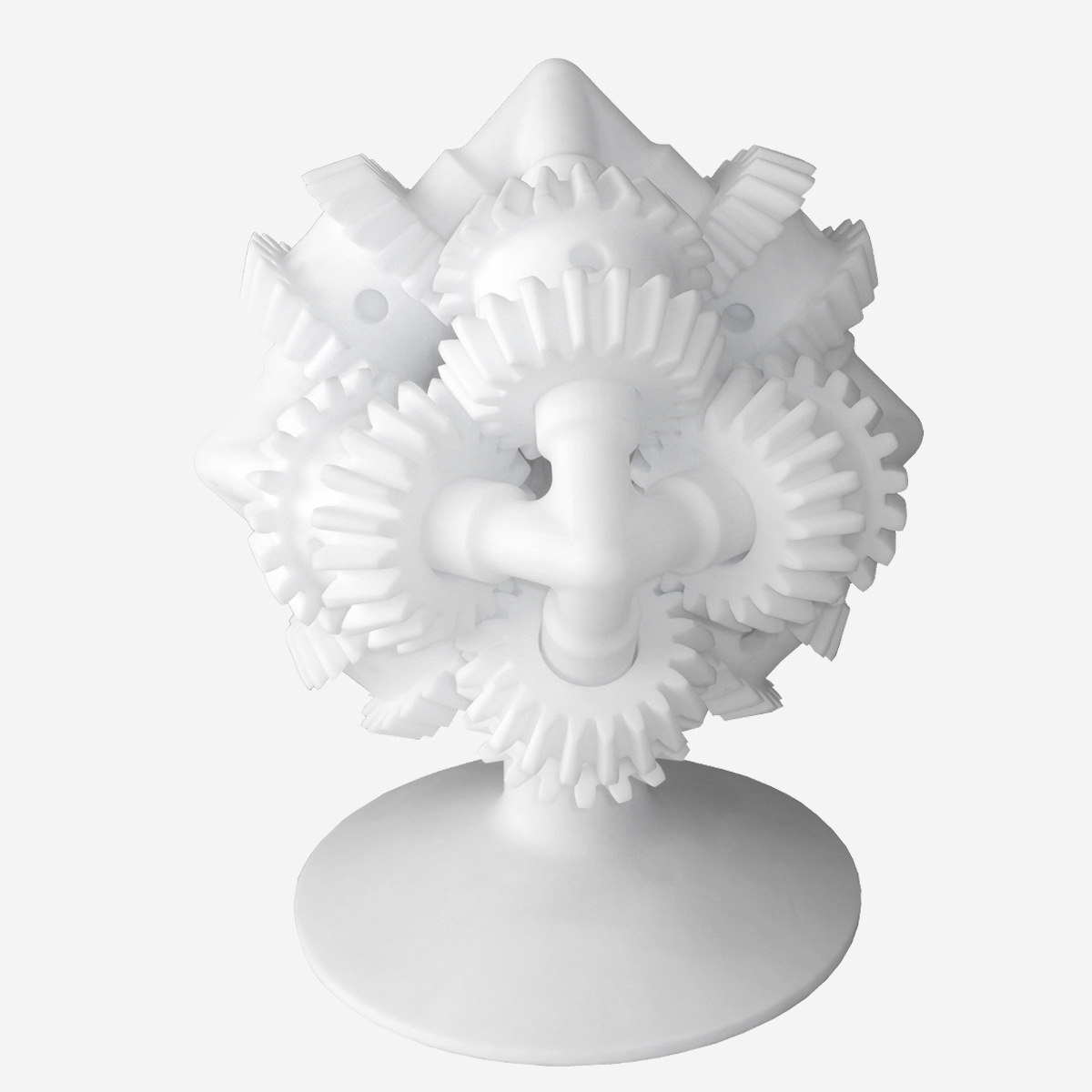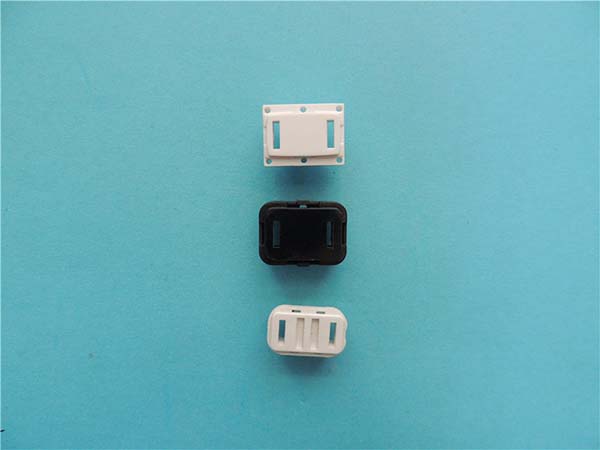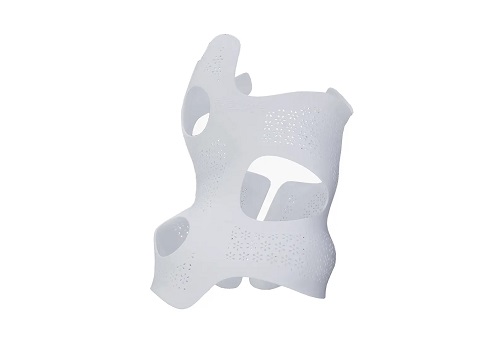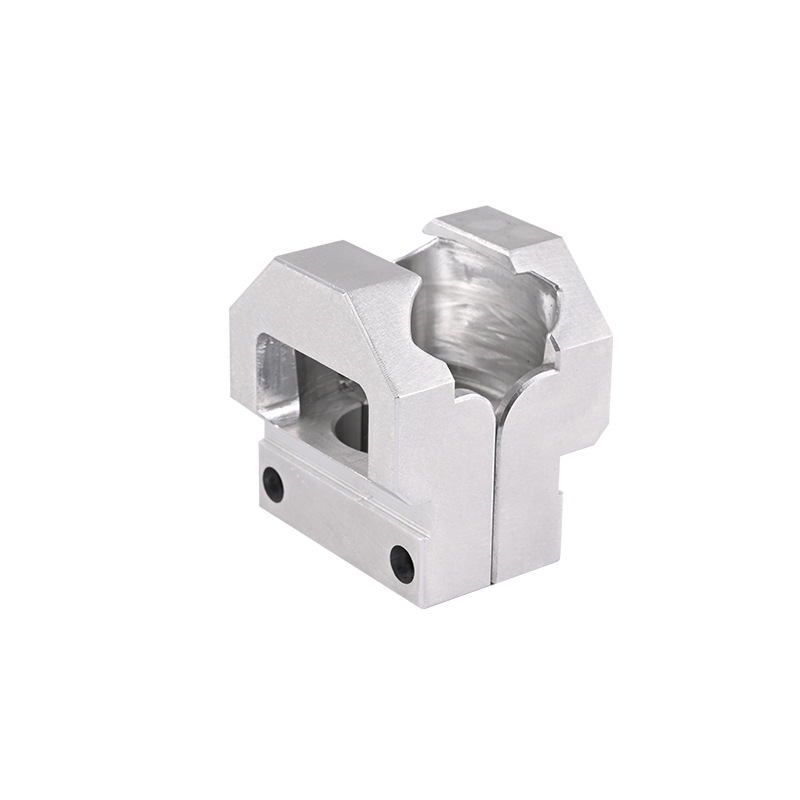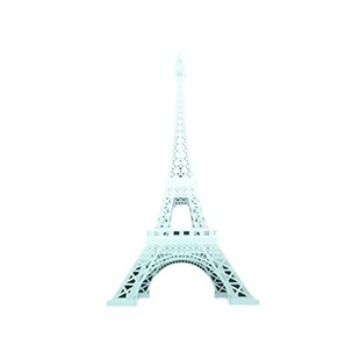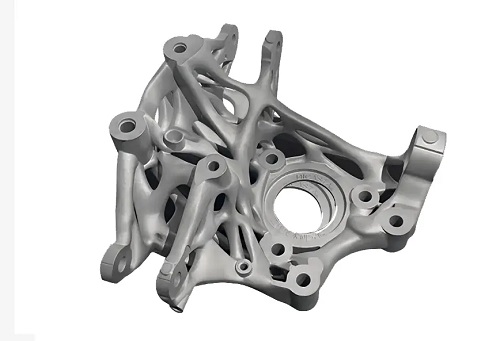Introduction
The Emergence of Car Part 3D Printer
In the ever - evolving automotive industry, the manufacturing of car parts has long been dominated by traditional methods. However, with the advent of technological advancements, the car part 3D printer has emerged as a revolutionary tool, bringing about significant changes in the way car components are produced.
Traditional car part manufacturing methods, such as casting, forging, and machining, have their own limitations. For example, casting often requires the creation of complex molds, which is time - consuming and costly, especially for small - batch production. If a design change is needed, the entire mold has to be re - made, adding to the production cost and time delay. Forging also demands high - pressure equipment and specific dies, limiting the flexibility of part design. Machining, although precise, can result in a large amount of material waste, as it involves removing excess material from a larger block to achieve the desired shape.
In contrast, 3D printing technology, also known as additive manufacturing, builds parts layer by layer from a digital model. This process eliminates the need for expensive molds and tooling in many cases, enabling a more straightforward and flexible production process. The emergence of car part 3D printers is a response to the automotive industry's pursuit of faster production cycles, greater design freedom, and cost - effective manufacturing solutions, especially for complex and customized parts.
Working Principle of Car Part 3D Printer
Layer - by - Layer Building
The core principle of a car part 3D printer is layer - by - layer construction. It starts with a 3D digital model of the car part, which is created using computer - aided design (CAD) software. This digital model is then sliced into hundreds or even thousands of extremely thin cross - sectional layers by the 3D printer's software.
As shown in the figure below, think of the 3D printing process like building a very detailed sandcastle. Instead of using buckets of sand all at once, you add small amounts of sand layer by layer. In 3D printing, each layer is typically between 0.1 mm and 0.3 mm thick. For example, if you are printing a car engine component that is 10 cm tall, with a layer thickness of 0.2 mm, the printer will create 500 layers to complete the part.
[Here you can insert a simple diagram showing a 3D model being sliced into layers and then the layers being stacked to form the final 3D object]
Material Extrusion and Solidification
Once the layers are defined, the printer begins the process of material extrusion. Different 3D printers use various methods for material extrusion, but one of the most common is the Fused Deposition Modeling (FDM) technique. In FDM, a spool of thermoplastic filament, such as acrylonitrile butadiene styrene (ABS) or polylactic acid (PLA), is fed into the printer's extruder.
The extruder heats the filament to its melting point. For ABS, this is typically around 230 - 250°C, while for PLA, it's around 180 - 220°C. Once melted, the material is extruded through a small nozzle, usually with a diameter between 0.2 mm and 0.8 mm. The nozzle moves precisely according to the instructions from the sliced digital model, depositing the molten material layer by layer on the build platform.
As soon as the molten material is extruded, it starts to cool and solidify. The cooling rate is crucial as it affects the quality and strength of the final part. For example, if the cooling is too rapid, the part may experience warping or cracking. Some printers use fans to control the cooling rate, ensuring that the material solidifies evenly. In addition to FDM, other techniques like Stereolithography (SLA) use a different approach. In SLA, a photosensitive resin is used, and a laser is used to cure (solidify) the resin layer by layer, creating the 3D object. Each material and technique has its own unique characteristics in the extrusion and solidification process, which engineers need to carefully consider based on the requirements of the car part being printed.
Types of Materials Used in Car Part 3D Printing
Plastics: Popular and Diverse
Plastics are widely used in car part 3D printing due to their versatility, relatively low cost, and ease of processing.
One of the most common plastics is Acrylonitrile Butadiene Styrene (ABS). ABS is known for its high strength and toughness. It can withstand impacts and stresses, making it suitable for parts like car interior trims, such as dashboard components and door panels. For example, a car's glove box made from ABS can handle regular opening and closing forces without easily breaking. However, ABS has some drawbacks. It is prone to warping during the 3D printing process, especially for large - scale parts. Also, it has a relatively strong odor when heated during printing.
Polylactic Acid (PLA) is another popular plastic for 3D printing. PLA is biodegradable, which makes it an environmentally friendly option. It is easy to print with, requiring lower printing temperatures compared to ABS. This makes it a great choice for small, detailed parts like car emblems or small decorative elements. PLA has a smooth surface finish when printed well. But it is not as heat - resistant as ABS. If a PLA - printed car part is exposed to high temperatures, it may soften or deform.
Here is a comparison table of ABS and PLA for car part 3D printing:
| Property | ABS | PLA |
| Strength | High, can withstand impacts | Moderate, suitable for low - stress parts |
| Heat - resistance | Relatively high, can handle moderate heat | Low, softens at relatively low temperatures |
| Printing Difficulty | Higher, needs careful temperature control and may warp | Lower, easier to print with lower temperatures |
| Environmental Friendliness | Non - biodegradable | Biodegradable |
| Odor during Printing | Strong | Weak |
Metals: High - Strength Options
Metals are essential for 3D printing high - performance car parts that require exceptional strength and durability.
Aluminum alloy is a lightweight yet strong metal used in 3D - printed car parts. It has a high strength - to - weight ratio, which is crucial for reducing the overall weight of the vehicle while maintaining structural integrity. For instance, 3D - printed aluminum alloy engine components can improve fuel efficiency as they are lighter than traditional cast - metal parts. Aluminum alloy also has good corrosion resistance, making it suitable for parts exposed to various environmental conditions, such as car body panels in coastal areas.
Titanium alloy is another high - end metal option. It offers outstanding strength, high - temperature resistance, and corrosion resistance. Although it is more expensive than aluminum alloy, it is used for critical car parts like high - performance engine valves and suspension components in luxury or racing cars. These parts need to endure extreme mechanical stress and high - temperature environments, and titanium alloy can meet these demanding requirements.
In summary, plastics are suitable for a wide range of car parts with different requirements, while metals like aluminum and titanium alloys are reserved for parts where high - strength and specific performance characteristics are essential in the automotive industry.
Comparing 3D Printed Car Parts with Traditional Manufacturing
A Table of Comparison
When considering the production of car parts, comparing 3D printing with traditional manufacturing methods reveals distinct differences in several key aspects:
| Aspect | Traditional Manufacturing | 3D Printing |
| Production Cycle | Long. For example, for a new car part design, the process of creating molds in casting can take weeks to months. | Short. Once the 3D model is ready, the printing can start immediately, and a small - sized car part can be printed within a few hours to a day. |
| Cost | High initial investment for equipment and tooling, especially for complex molds. High cost for small - batch production as the fixed costs are not spread out effectively. | Low initial investment for small - batch production as no molds are needed. However, the cost per part may increase if large - scale production is required due to the relatively slow printing speed. |
| Flexibility | Low. Design changes are difficult and costly once the molds or tooling are made. | High. Design changes can be easily made by modifying the 3D digital model, and new parts can be printed immediately. |
| Complexity of Parts | Challenging to produce parts with extremely complex internal structures. | Excel at producing parts with complex geometries, such as parts with internal channels or lattice structures, which are difficult or impossible to make with traditional methods. |
| Material Waste | High in processes like machining, where a large amount of material is removed to create the final shape. | Low. 3D printing is an additive process, only using the amount of material required for the part, minimizing waste. |
Yigu Technology's Viewpoint
As a non - standard plastic metal products custom Supplier, Yigu Technology believes that 3D printing has opened up more flexibility and innovation space for automotive part production. The technology enables the realization of complex and unique designs that were previously difficult to achieve with traditional manufacturing methods. By using 3D printing, we can produce customized car parts more efficiently, reducing the time and cost associated with tooling and mold - making. We are constantly exploring how to integrate 3D printing technology into our business to provide higher - quality customized services for the automotive industry, aiming to meet the diverse needs of customers and contribute to the development of the automotive manufacturing field.
